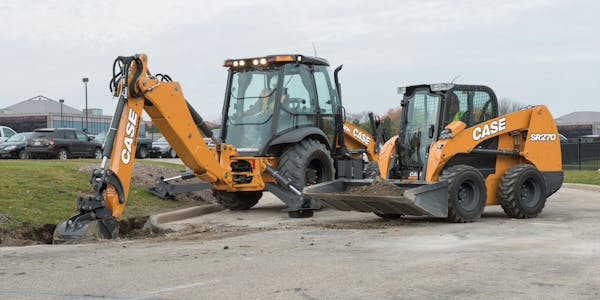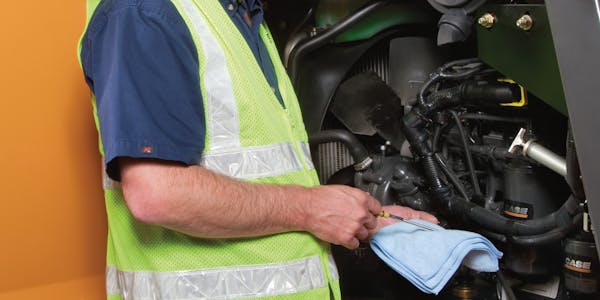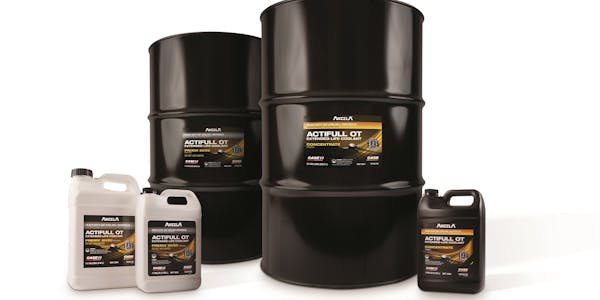Small engines are designed for use with gasoline that contains 0% to 10% ethanol only.
Issues with ethanol
Ethanol can dissolve any varnish or gum deposits that have formed in engines and fuel storage cans dislodging these deposits and allowing them to mix with the fuel. This creates a dirty fuel source that can plug up small openings and filters within the engine and fuel system affecting the performance of the engine. Ethanol also attracts and mixes with moisture. The water in this mixture will corrode the metal components of the fuel system. If the gasoline mixes with enough water, the ethanol and water mix will separate from the gasoline and settle at the bottom of the tank. Once separation has occurred the engine can be pulling in an ethanol and water mix that contains no gasoline and no oil (for engines that required a gas/oil mix). The octane level of the gasoline left on top of the ethanol water mix has also been lowered. Using a fuel supply that has separated like this can result in damage and even failure of the engine and/or fuel system.
Signs that the gasoline blend has begun to separate include, but are not limited to: hard starting, unsafe high idle speeds, and stalling.
Steps to help keep your equipment safe.
- Use a minimum octane level of 89
- Only purchase enough gasoline to use up within a 2 month period.
- Store your gasoline or gas/oil mix in a clean plastic container that is properly sealed. If the container has a vent make sure it is closed. Do not store the container in direct sunlight.
- For equipment that requires a gas/oil mix make sure to shake the fuel mixture well to ensure the oil is thoroughly dispersed.
For equipment that requires a gas/oil mix use a specially formulated fuel mixture like STIHL MotoMix® Premixed Fuel. STIHL MotoMix® is a high-grade, high-octane, ethanol-free premixed fuel containing STIHL HP Ultra synthetic oil. It is a pure and stable fuel mixture that can be stored for up to two years in the original container and is ideal for machines that are used infrequently - If you will not be using your equipment for more than a month it is best to drain the fuel out of the fuel system (make sure to dispose of it properly).
It is very important to follow these guidelines as deteriorated gasoline and gasoline containing more than 10% ethanol can cause damage and failure to the engine that will not be covered under the manufacturer’s warranty (Manufacturer’s warranties only cover defects in material or factory workmanship).If you have any questions about a specific piece of equipment, look in the owner’s manual or contact us.










